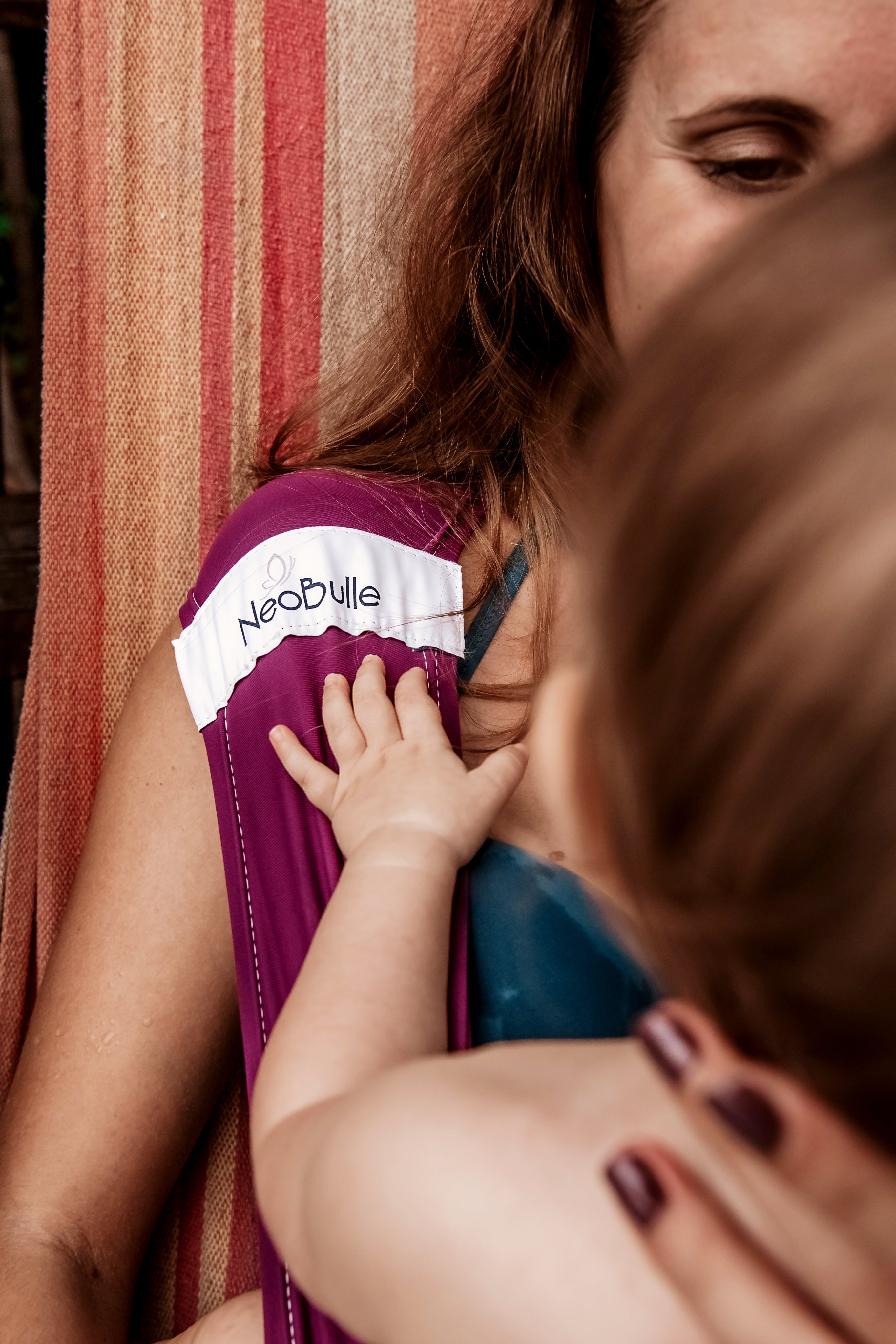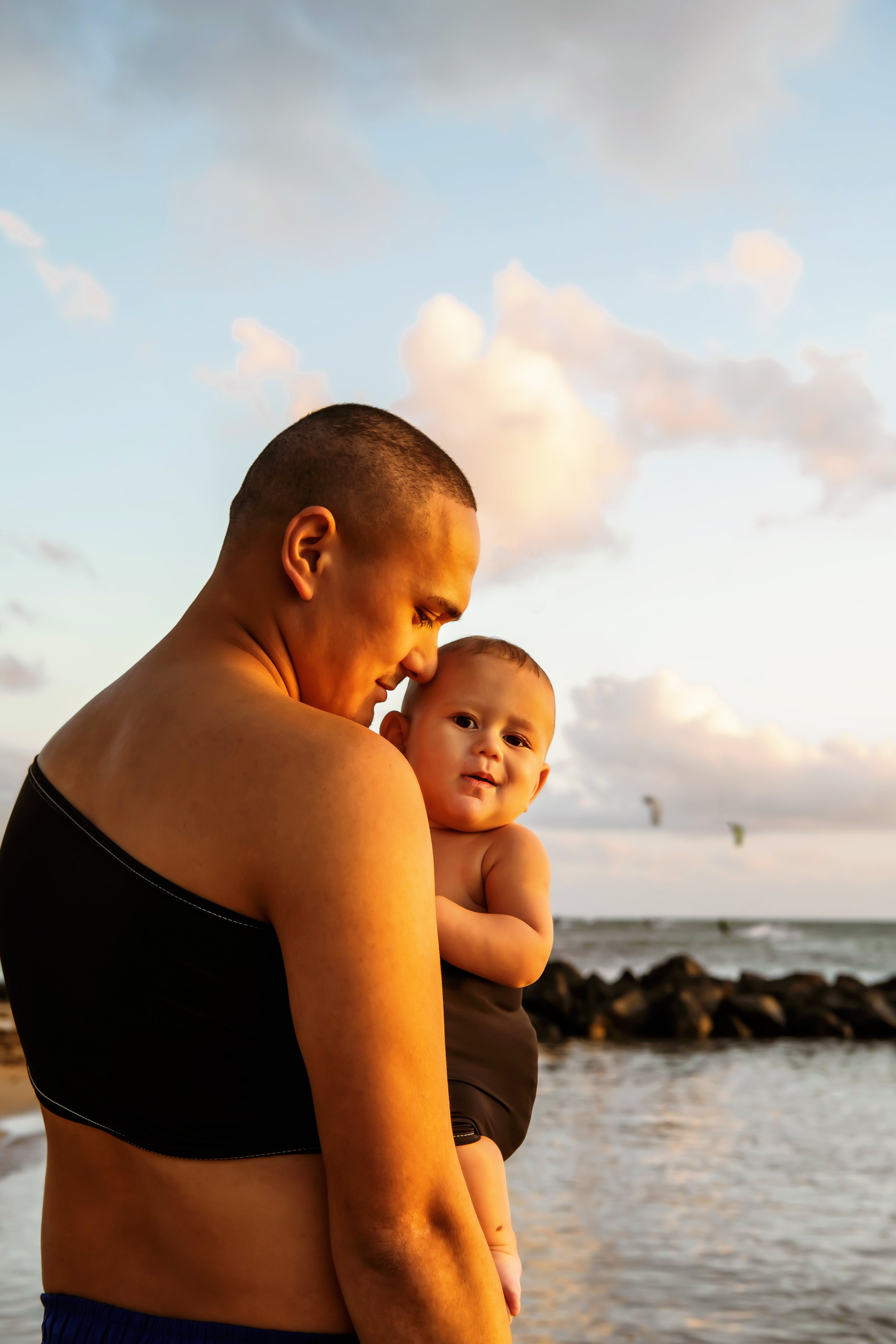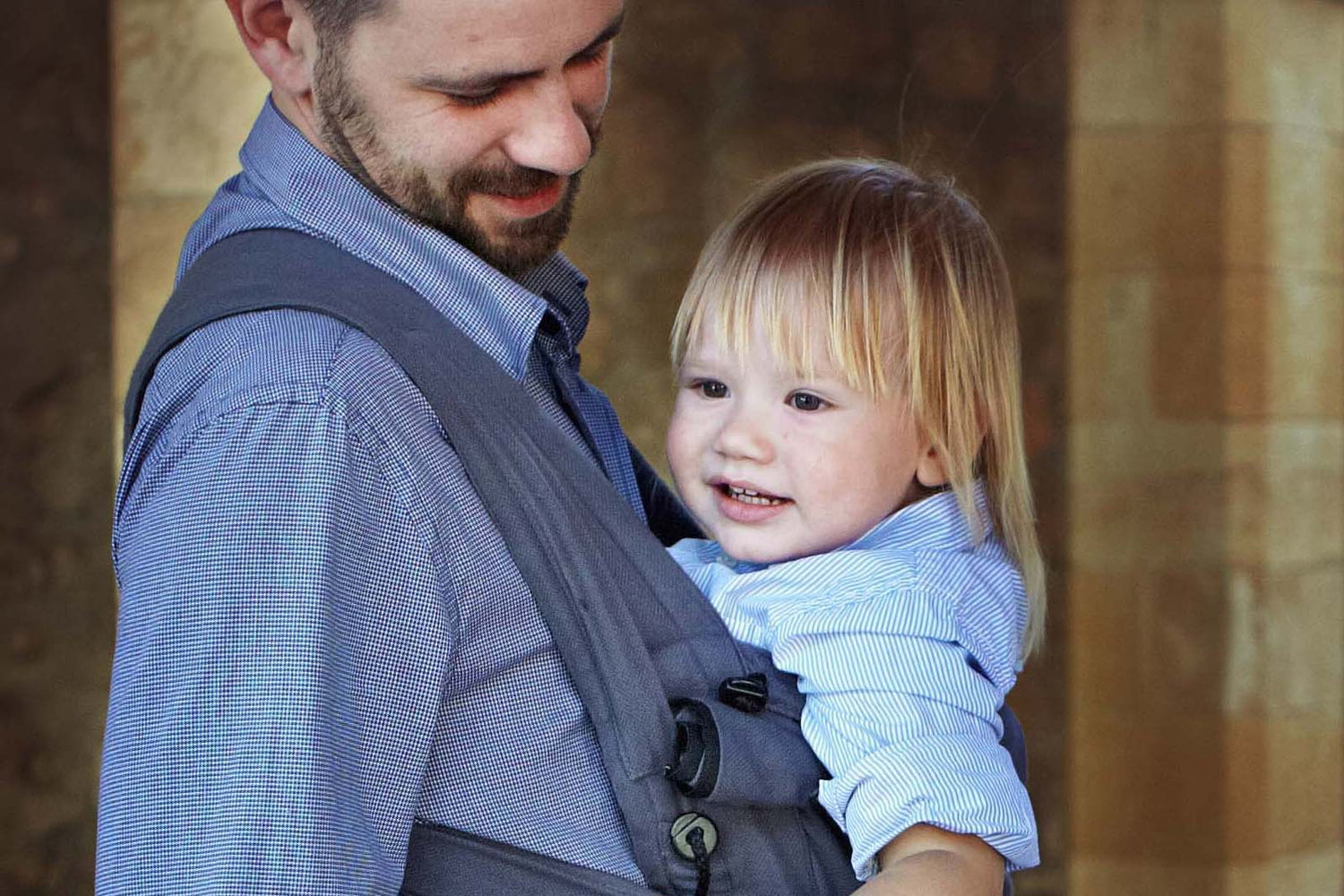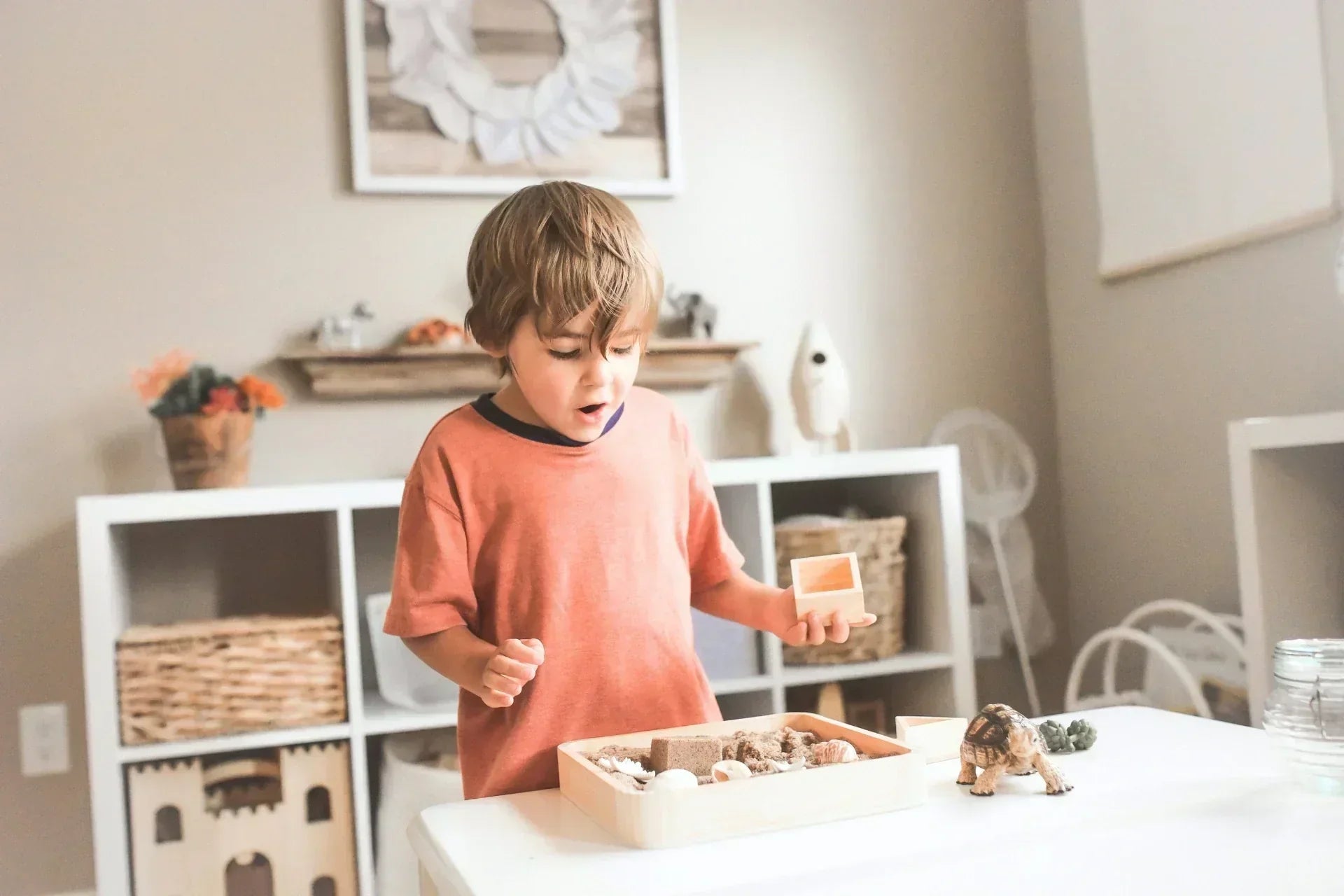What are the essential care for the newborn? All our advice and products
The arrival of a newborn is a unique and moving moment. To welcome baby in the best conditions, it is essential to know the care gestures to adopt and to equip oneself with suitable products. In this article, we guide you step by step through the essential care of the newborn, while offering gentle, natural, and effective solutions signed Nébulle.SummaryWhy are newborn cares so important?What are the essential cares for the newborn?Fostering the creation of bonds and emotional securityFAQ: Essential cares for the newbornIn summary: cares that rhyme with gentleness and simplicity Why are newborn cares so important? The first days and weeks of life are marked by an adaptation period for the baby. After 9 months, they leave the intrauterine environment and discover the outside world. Until then, they were sheltered in their amniotic sac. The placenta served as a real filter. At birth, the newborn comes into contact with microorganisms present in our environment. Gradually, they will develop their immunity.On a daily basis, it is the adults around them who take care of them. We speak of "caregivers" (or "caregiver") according to John Bowlby’s attachment theory. During these cares, adults interact with the child, who is entirely dependent on them during their early years. Donald Winnicott, a major figure in child psychoanalysis, wrote "a baby alone, that does not exist".Taking care of a newborn fulfills their need for social connection and strengthens emotional bonds. These gestures, often taken for granted, have an impact far beyond hygiene. Through them, parents become true attachment figures. They help reinforce the child's sense of security. If they are exposed to a stressful situation, if they feel distressed, they will know they can turn to their attachment figures, like a boat seeking the light of a lighthouse in a storm. What are the essential cares for the newborn? Daily cares: bathing and changing For daily bathing (face, skin folds of the groin and neck, diaper area), prefer washable wipes. Practical and economical, they are often easier to use than cotton squares that fray. About ten are enough, washed with the rest of the family’s laundry! Prefer wipes with one soft side and one absorbent side. Regarding exchange products, it is essential to use suitable products. The liniment, for example, protects the baby's sensitive skin from moisture, diaper friction, and weather aggressions. A true magic potion that can be used without rinsing, the liniment from Néobulle soothes and repairs from the first redness, starting from birth. An essential item to keep within reach! Bath time: gentleness and bonding Although not necessarily daily, bath time is part, in some families, of a significant moment in the weekly routine. We can distinguish:hygiene bath, aimed at cleaning the delicate skin,relaxation bath, during which it is not necessary to use soap. During the first weeks, and up to around 2 months, do not hesitate to prefer the technique of the wrapped bath. Simply swaddle the baby with a cloth before immersing them in water, which you will have previously checked the temperature of (between 37.5°C and 38°C). The bedtime ritual: establishing a calming routine Sleep is a major concern for young parents. And for good reason, a baby's sleep is very different from that of adults. Over a long process, which spans several years, their cycles will evolve, they will learn to differentiate day and night, and to fall asleep peacefully. But initially, night awakenings are frequent, and they still need their parents' presence to fall back asleep feeling secure.Implementing a gentle routine can facilitate falling asleep. This routine acts as a "time giver" that helps the baby to orient themselves and anticipate what is coming next. A massage with an appropriate oil, such as the Bio Gentle Night oil, from 3 months old, helps relax the baby before bedtime. Here is a simple sequence to reproduce:Position your hand in a C shape and smooth the baby's leg, from the groin to the toesUsing the pads of your thumbs, smooth the underside of their foot, from the heel to the toesWith your thumbs, smooth the top of the foot, from the toes to the ankleUsing a C-shaped hand, envelop the entire baby's leg and smooth the leg up to the groinRepeat each movement 5 to 6 times. The massage is a wonderful way to build a bond with your baby and allow the whole family to secrete oxytocin!It is also possible to massage the belly, arms, back, or even the face (the only area where oil use is not recommended). Calming assured, to prepare for sleep. 👉 Discover how to create a sleep-friendly environment thanks to our article on essential oils to diffuse to promote sleep in young children. Promoting the creation of bonds and emotional security Skin-to-skin contact: a comprehensive care From the very first hours, skin-to-skin contact plays a fundamental role. It helps your little one regulate their temperature, stabilizes the heartbeat, promotes the secretion of oxytocin, and thus facilitates breastfeeding. This proximity also meets a fundamental need of the newborn, who is unaware of their existence as an individual in full consciousness. It is a small mammal, programmed to feel secure when against its parents. After birth, but also upon returning from maternity, do not hesitate to include skin-to-skin sessions in your daily routine.The skin-to-skin wrap is an excellent tool for practicing comfortably, whether in maternity or at home. Designed with neonatal professionals, its soft and stretchable fabric wraps the baby against the parent's chest, creating a soothing cocoon. This shared moment helps to build the foundations of a strong and secure relationship. Therapeutic virtues of physiological carrying Are you looking for a solution to soothe your baby daily? The practice of carrying can undoubtedly meet your needs. In addition to freeing tired arms of new parents, carrying your baby allows you to: Reduce the frequency of acid reflux episodes in case of gastroesophageal reflux,Limit the risk of plagiocephaly,Promote the evacuation of gases and thus limit digestive discomfort,Reduce your baby's crying,Help regulate their temperature and vital functions (breathing, heartbeat)Meet their need for containment and proximity FAQ: Essential newborn care What are the first cares for a baby in the maternity ward? At birth, the initial cares vary according to the protocol and location (maternity ward, birth center, home, etc.). But, in most cases, the baby is dried, covered with a blanket, and quickly placed skin-to-skin. The cares generally include clamping the umbilical cord, checking reflexes, assessing the APGAR score, and taking measurements (weight and length). Depending on the gestational age at birth, your baby's skin may be more or less covered with a whitish substance . Don't worry, it is about the vernix caseosa. Increasingly, families are choosing to preserve this vernix by delaying the first bath so that the baby's skin can absorb it and benefit from its nourishing and protective properties. How do I know if I am doing the right things for my baby's daily care? We are not born parents; we become one. By groping, trying, and doing our best daily. Few adults have had the opportunity to truly handle a newborn for just a few hours! We all go through the "first time". Often, handling a baby during care can make them cry a little. For them too, it’s all new. The professionals present at birth and during the postpartum period will teach you each step, and it is by practicing them that you will become more and more comfortable and confident. My baby cries during bath time, how can I soothe him? Birth involves many upheavals for the baby. They go from an aquatic environment heated to 37°C to a terrestrial environment with many temperature variations. Their skin is also sensitive to touch (so avoid stroking and tickling in the first few months). Make sure the bath water is between 37.5°C and 38°C. To meet your little one's need for containment, don’t hesitate to swaddle them before the bath. They will feel the boundaries of the swaddle, which will remind them of the uterine walls, and will calm down. Finally, it is not necessary to wash your baby every day; you already clean them frequently during diaper changes. Which products should I favor for essential baby care? Choose products without synthetic fragrances, alcohol, or harsh preservatives. Neobulle offers a full range of natural-origin care products, made from ingredients from Organic Farming, formulated in France specifically to respect the sensitive skin of newborns. In summary: care that embodies softness and simplicity Essential care for newborns is not just about technique: it is an invitation to slow down and marvel at every moment shared with your baby. Through them, you also strengthen the emotional bond that unites you with your child. It’s not just about "cleaning" your little one (even if sometimes, you face a diaper overflowing on all sides!); these are also precious moments of interaction, communication, and complicity.If you are interested in the topic, Céline Alvarez explains simply how, from birth, the child's brain is shaped by sensory, emotional, and relational experiences: this is what is called brain plasticity. A concept that helps us realize how much daily care contributes to the overall development of the child.






